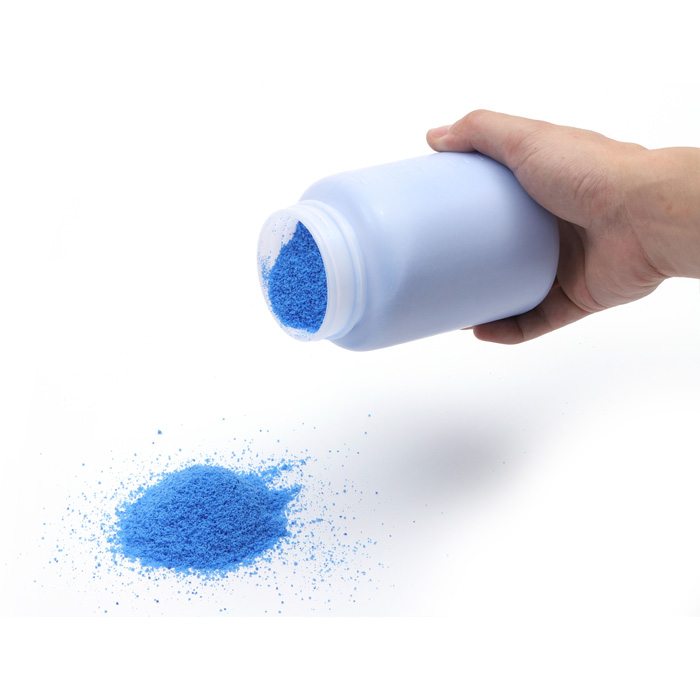Silica gel powder is made through a series of specific production processes, mainly using silicon (Si) or silica (SiO₂) as raw materials. Its production process generally includes the following steps:
1. Raw material preparation
Silica: The main raw material for producing silica gel powder is high-purity silica (SiO₂). Silica can be extracted from natural ores or obtained by industrial purification.
Other chemical reagents: In some specific applications, other chemicals such as sodium hydroxide, acid or other chemical additives may also be required in the production process to adjust the properties of silica gel or catalyze reactions.
2. Sol-Gel method
This is a common method for producing silica gel powder, which is mainly suitable for preparing silica gel powder with high specific surface area and porosity.
Sol preparation: The silicon source is mixed with a solvent and an acid or base catalyst is added to generate a silica sol. Sol is tiny silicon particles in a liquid.
Gelation: By adjusting the pH value of the solution, the silicon particles in the sol are condensed to form a network structure to obtain a gel.
Drying: The gel is converted into silica gel powder through a drying process. Drying methods usually include conventional drying and freeze drying to ensure a better particle distribution.
Crushing and screening: The dried silica gel is further crushed, and the particle size of the silica gel powder is controlled by screening technology.
3. Melting method
In the melting method, silica (SiO₂) is melted at high temperature and reacted with other chemicals (such as sodium hydroxide) to obtain amorphous silica gel. It is cooled and crushed into fine powder at high temperature.
High temperature melting: Silica and a flux (such as sodium hydroxide) are melted at high temperature to form amorphous silicon oxide.
Cooling and crushing: After cooling, a solid silica gel block is obtained, which is then crushed into silica gel powder.
4. Acid treatment method
The impurities in silica are removed by reacting silica with strong acid. The silica gel after acid treatment has higher purity and is often used for the demand for high-purity silica gel powder.
Acid soaking: Silica is mixed with an acid solution, and after a certain period of reaction, the impurities on the surface of the silica are removed.
Washing and drying: The washed silica gel is dried to obtain the final silica gel powder.
5. Evaporation method
In the evaporation method, the silicon source reacts with water to generate silica aerosol, which is then condensed to form silica gel powder.
Silicon chloride reaction: Silicon chloride reacts with water vapor to generate silica gel aerosol.
Condensation and drying: The silica gel aerosol is cooled and condensed to form a solid powder, which is then dried to obtain the final silica gel powder.
6. Screening and packaging
Finally, the silica gel powder obtained by the above method will be finely screened to remove oversized or undersized particles and ensure uniform particle distribution. Depending on different application requirements, the silica gel powder may undergo surface treatment or other post-processing steps, and finally packaged into products for sale.
7. Application of silica gel powder
Silica gel powder is widely used in:
Catalyst carrier: used as a catalyst carrier in petrochemicals.
Adsorbent: such as for gas adsorption, desiccant, etc.
Pharmaceuticals and cosmetics: used in the production of pharmaceuticals, cosmetics and other fine chemicals.
Coatings and paints: Improve the durability, adhesion and stability of coatings.
Through the above processes, silica powder can produce products with different particle sizes, purities and properties according to different needs.


